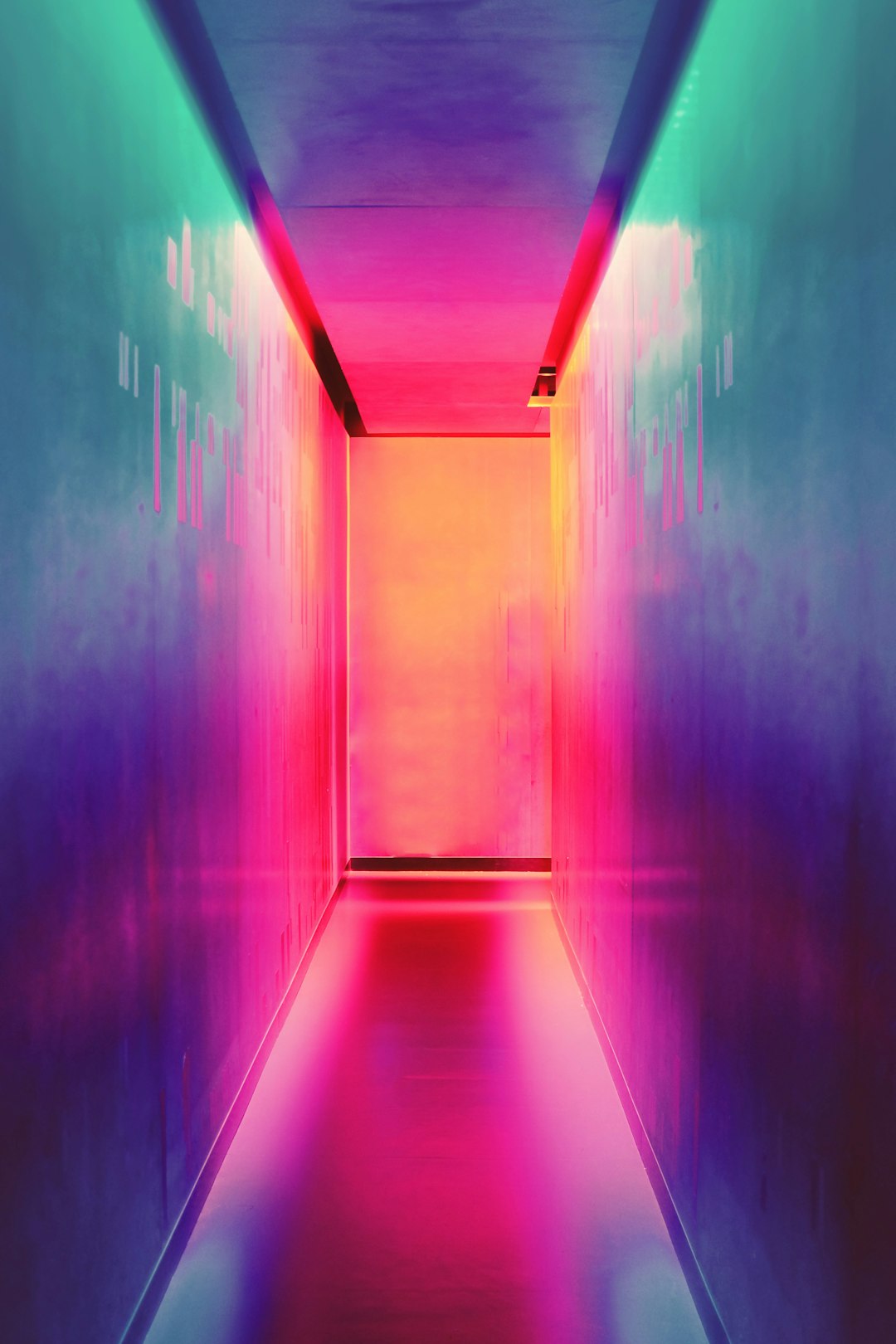7 Essential Elements of Effective Retail Store Layouts
Retail store layouts are crucial to the success of any brick-and-mortar business. A well-designed layout can enhance the customer experience, increase sales, and create a memorable brand image. Here are 7 essential elements of effective retail store layouts:
1. Entrance and Window Displays
The entrance of your store is the first impression customers will have. It should be inviting and visually appealing to draw people in. Window displays are also important for attracting attention and showcasing your products. Use them to highlight your best-sellers or any promotions you have.

2. Clear Pathways
Once customers enter your store, they should be able to navigate easily. Clear pathways help guide them through the space and ensure they don't feel overwhelmed. Avoid clutter and ensure that aisles are wide enough for comfortable movement, especially during peak times.
3. Strategic Product Placement
Strategically placing products can influence customer behavior and encourage them to explore more of your store. Place high-margin or impulse items near the entrance or checkout area to increase their visibility. Use eye-level shelving for best-sellers and lower shelves for less popular items.

4. Focal Points
Create focal points within your store to draw customers' attention to specific areas. This could be a visually striking display, a feature wall, or a special promotion. Focal points create visual interest and can drive sales by showcasing new or seasonal items.
5. Lighting and Ambiance
The right lighting can set the mood and highlight products effectively. Use a combination of ambient, task, and accent lighting to create a welcoming atmosphere. Consider the color temperature of the lighting to complement your brand and merchandise.

6. Checkout Area
The checkout area is the last point of interaction with customers, so it's essential to make it a positive experience. Ensure that it's well-organized, with impulse items for last-minute purchases. Consider implementing mobile or self-checkout options to reduce wait times.
7. Flexibility and Adaptability
Your store layout should be adaptable to changing trends and customer preferences. Consider modular fixtures and displays that can be easily rearranged. Stay attuned to customer feedback and sales data to make informed decisions about layout adjustments.

```
